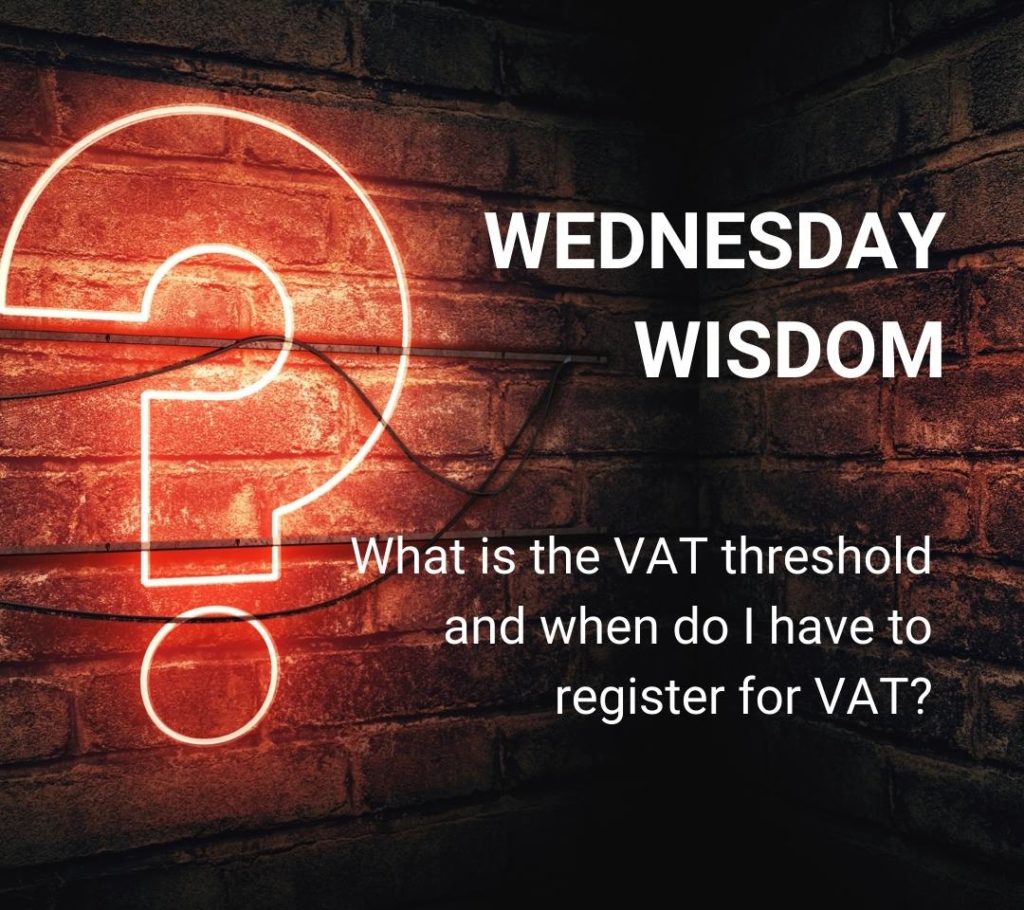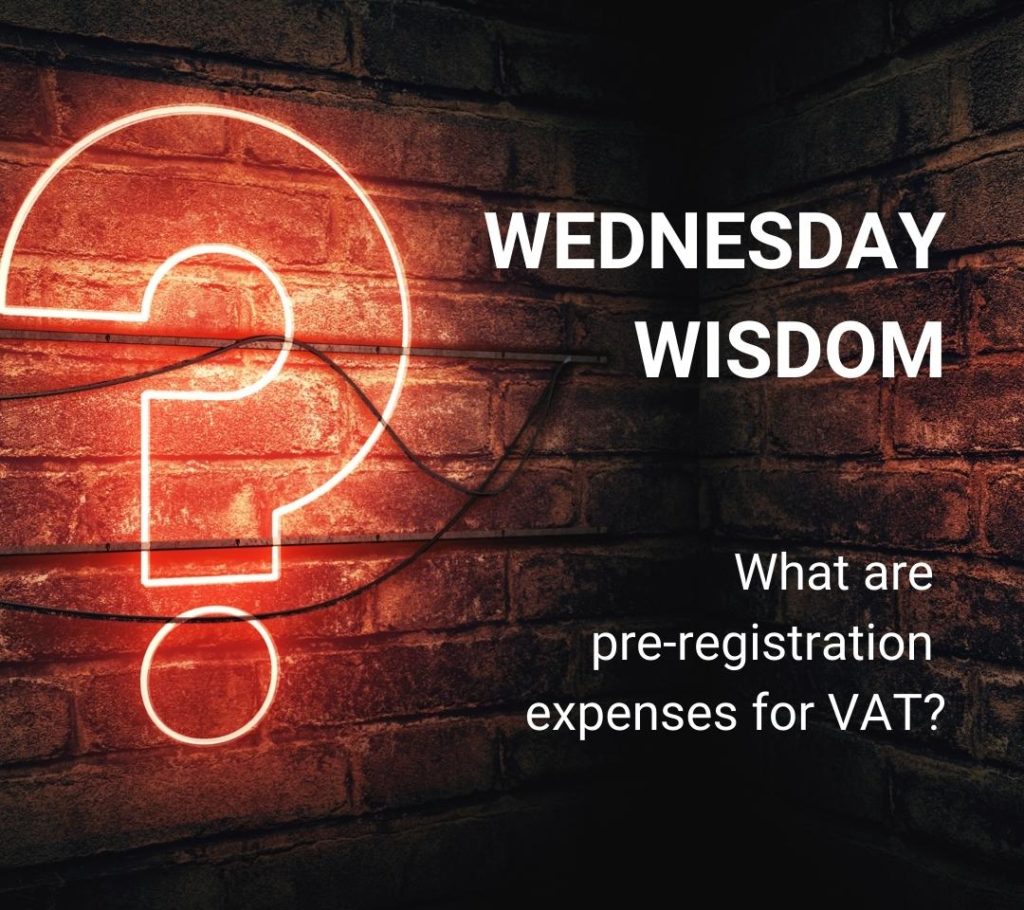The basic difference between net profit and taxable profit are the sum of the non-allowable expenses you need to add back to net profit and the allowable taxable deductions that can be taken away from net profit in order to calculate taxable profit.
When you calculate your net profit you will include all business expenses and income incurred during the accounting year. However, some expenses contained in your net profit are not allowed for tax purposes. These expenses would need to be added back to your net profit to understand your taxable profit. Examples of these include (but are not limited to) depreciation, private expenditure, fines and penalties, entertaining, gifts etc.
After adding back these expenses other allowances can sometimes be claimed as well, for example capital allowances.
Lastly, certain trading losses from previous years can also be taken into account for tax purposes thereby reducing the taxable profit.
So, in essence, we work out your net profit based on your business trade for the year, add back expenses not allowed for tax purposes (increasing profit), take away allowable expenses and tax losses brought forward (decreasing profit) and this gives you your taxable profit on which tax is calculated.







